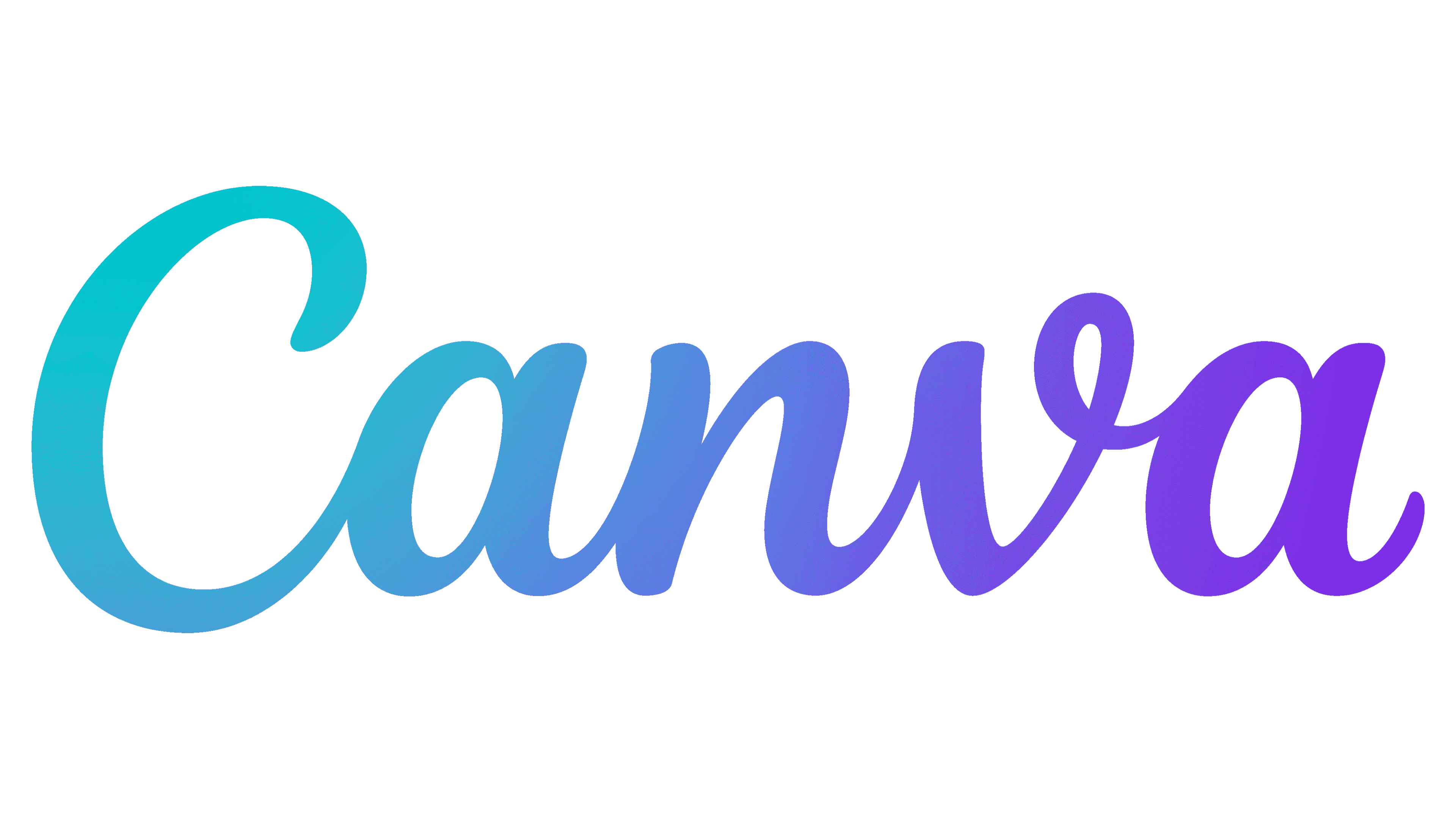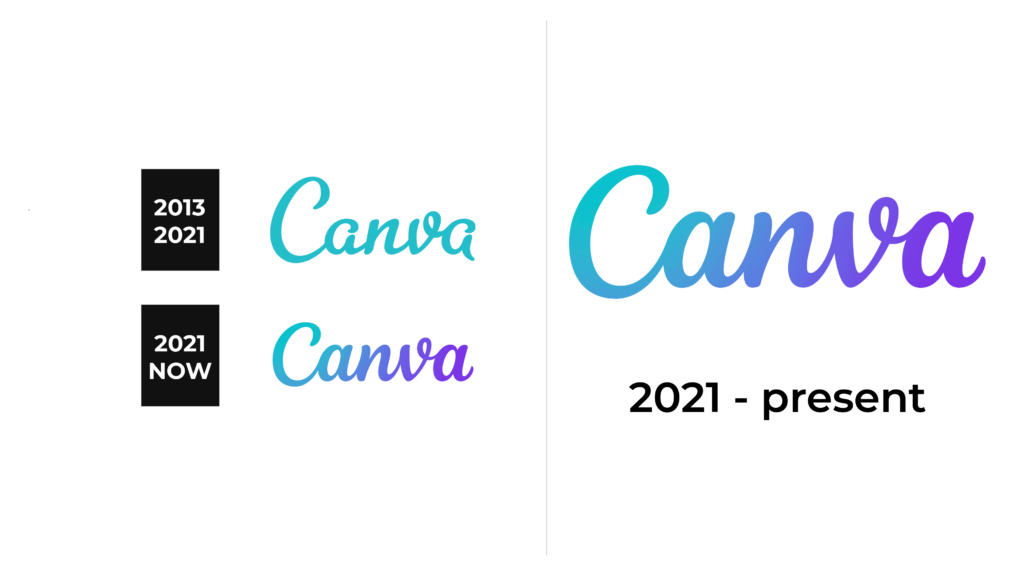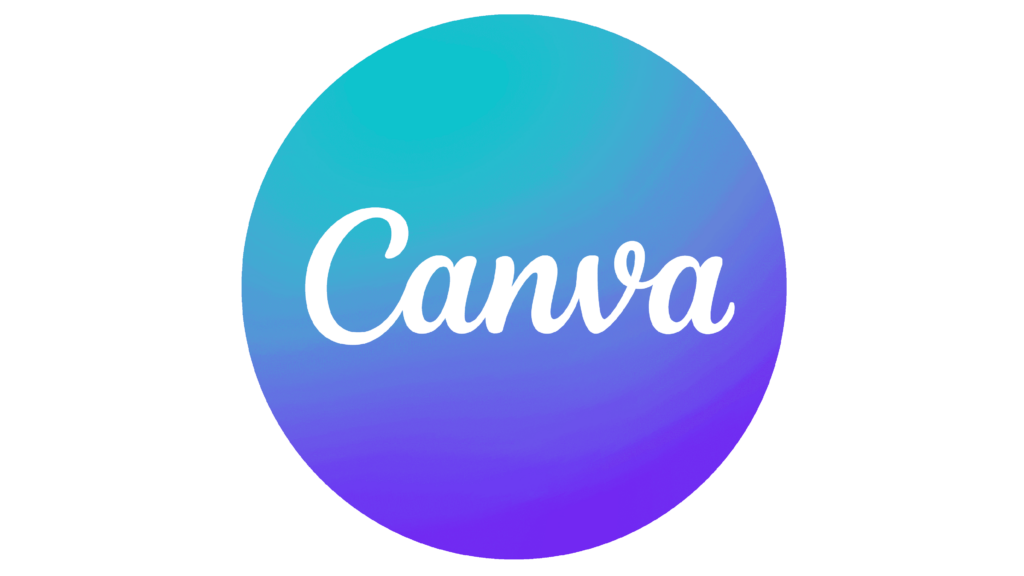The Canva editor is an application with which you can make visuals for social networks, articles, and websites, assemble presentations, and work with photos and videos. Canva exists both as an application for all operating systems and as an online platform.
Meaning and history
The popular Canva editor owes its origin to Melanie Perkins from Australia, who in 2007, as a student at the University of Western Australia, began giving private design lessons in her spare time. At that time, she noticed that most graphic applications were very complicated and incomprehensible for beginners.
In the same year, Melanie and her boyfriend introduced the online platform Fusion Books. The project was a clear and simple tool for designing photo books for graduates. Fusion Books is still in operation today – the service is available to residents of France, New Zealand, and Australia.
However, this was not enough for Melanie Peretna and she dreamed of launching a full-fledged designer platform. For several years, Melanie searched for investors. Finally, the first version of Canva for the United States and Australia was launched in August 2013. Back then, the interface was very similar to the design of the Fusion Books website.
In 2014, the team decided to enter the international arena. The first foreign office was opened in Manila, Philippines. Today Canva is known and used by professional and amateur designers all over the world.
What is Canva?
Canva is an online graphic design platform that offers a wide range of templates, and inspiring ideas for creating different kinds of graphic elements. The service was introduced in 2013, and today it’s hard to find an office, which does not use Canva in its processes.
In terms of visual identity, the Canva logo composition is as simple as possible and consists of just the stylized lettering. However, the color palette of the wordmark makes the badge eye-catching and instantly recognizable.
2013 – 2021
The original Canva logo, introduced in 2013, featured a cursive title case lettering in a bright turquoise color with no gradients and no graphical additions. For the application icon the name of the service was written in the same font, but in flat white on a solid turquoise roundel.
2021 – Today
In 2012 the Canva logotype was rewritten in the same style but with thicker lines and a modernized color palette. The new scheme consists of blue-to-purple gradients, which go darker from left to right.
On the one hand, the Canva logo resembles a social network icon, and on the other hand, it looks like a pattern embroidered on the fabric, which brilliantly represents the purpose of the service.
Font and color
The custom cursive typeface, used for the primary Canva logo, was designed exclusively for the platform, however, has a couple of commercial analogs, such as Gelato Fresco Bold, or Grandista Regular, their fonts look pretty close to the Canva typeface, but with some modifications of the shapes.
As for the color palette of the Canva badge, it consists of several gradient shades of blue and bright and deep purple. The lightest shade here is turquoise, which links the new version of the logo to the original one.




